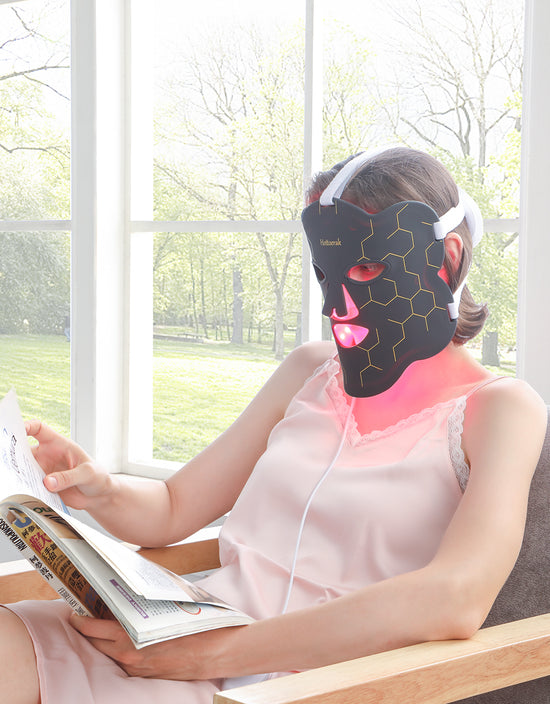As we age, our skin undergoes various changes, leading to the emergence of fine lines, wrinkles, and other signs of aging. The quest for youthful skin has led to the proliferation of numerous anti-aging treatments. But which of these treatments are truly effective? In this article, we will delve into the science behind popular anti-aging treatments, exploring what works and what doesn't.

Understanding Anti-Aging Treatments
Anti-aging treatments can be broadly categorized into two types: topical products and invasive procedures. Topical products include creams, serums, and masks, while invasive procedures encompass treatments such as Botox, fillers, and laser therapy. Each of these methods aims to rejuvenate the skin, but their effectiveness can vary significantly.
Topical Anti-Aging Treatments
Many people turn to topical treatments as a first line of defense against aging. Common ingredients found in these products include:
- Retinoids: Derived from vitamin A, retinoids are known for their ability to promote cell turnover and stimulate collagen production.
- Peptides: These small proteins help to improve skin elasticity and reduce the appearance of wrinkles.
- Antioxidants: Ingredients like vitamin C and E protect the skin from free radicals, which can accelerate aging.
While many users report positive results from these products, it is essential to note that consistency is key. Regular application over time is often necessary to see significant improvements.
Invasive Anti-Aging Treatments
For those seeking more immediate results, invasive treatments may be an option. Procedures such as Botox and dermal fillers can provide quick fixes by temporarily reducing the appearance of wrinkles. However, these treatments are not permanent and require ongoing maintenance. Additionally, potential side effects should be considered.
What Works and What Doesn't?
When evaluating the effectiveness of anti-aging treatments, it is crucial to consider scientific evidence. Research indicates that:
- Retinoids and peptides have shown consistent results in clinical studies.
- Botox and fillers can provide immediate results but require regular upkeep.
- Natural remedies often lack scientific backing and may not yield significant results.
Ultimately, the best approach to anti-aging is a combination of effective topical treatments and, if desired, minimally invasive procedures. Always consult with a dermatologist to tailor a regimen that suits your skin type and concerns.
Innovative Anti-Aging Solutions
As technology advances, new anti-aging treatments continue to emerge. One such innovative solution is the , which utilizes light therapy to promote skin rejuvenation. This treatment harnesses the power of different wavelengths of light to target various skin concerns, making it a versatile addition to any skincare routine.
Conclusion
In conclusion, understanding the science behind anti-aging treatments is essential for making informed choices. While many products and procedures promise youthful skin, not all deliver on their claims. By focusing on scientifically-backed treatments and consulting with professionals, you can effectively combat the signs of aging and maintain a radiant complexion.




